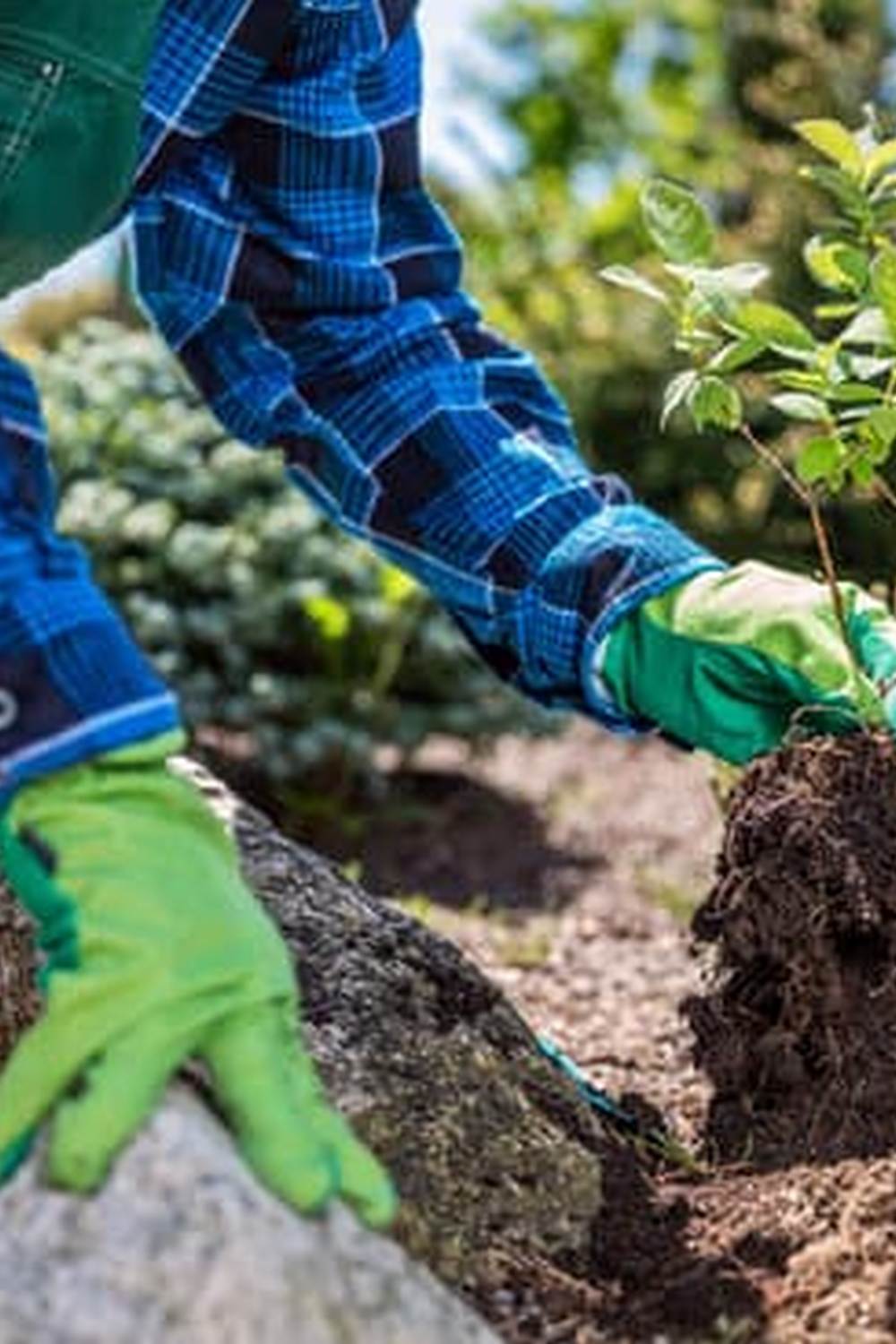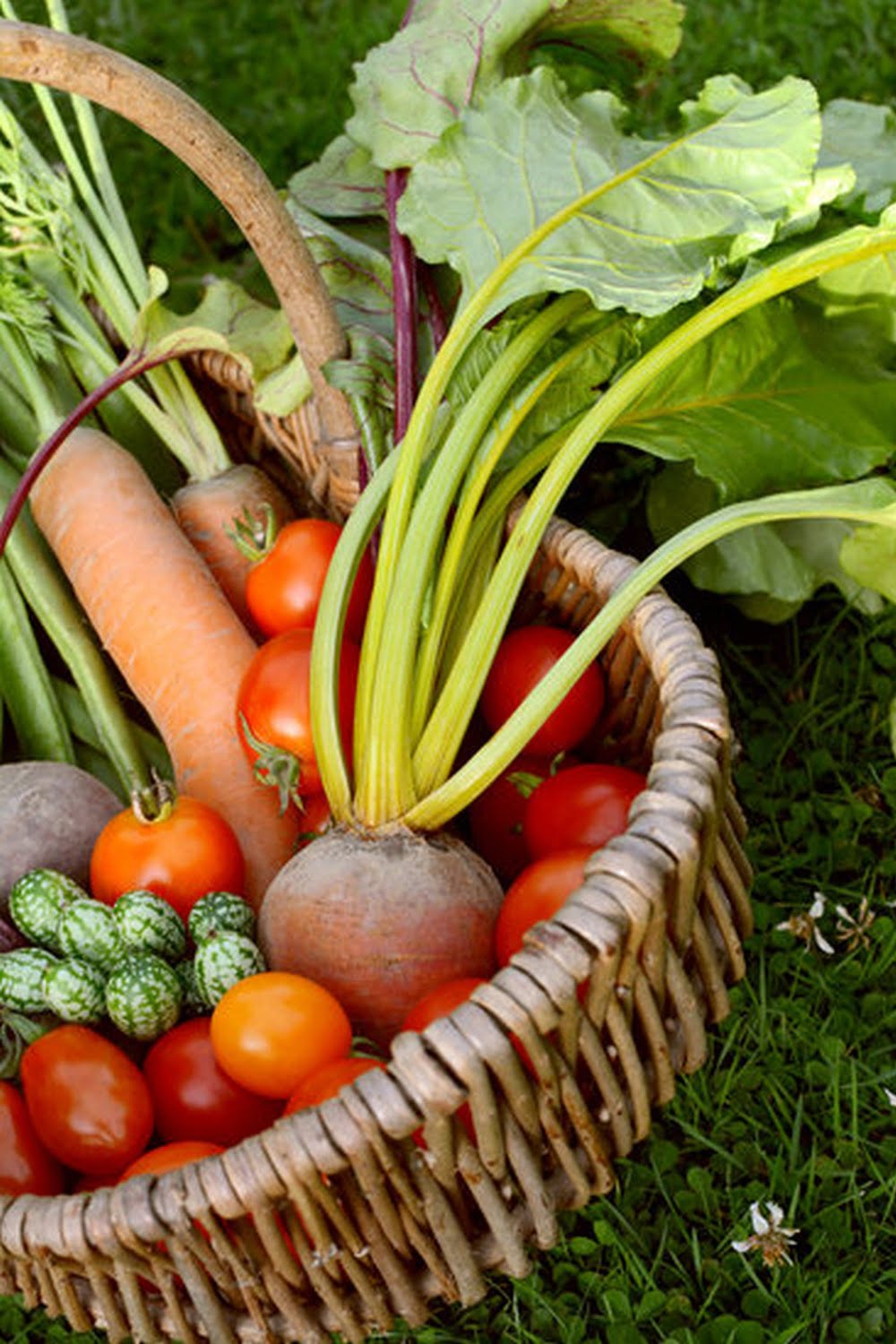Gardening in clay soil can present its own set of challenges, especially when it comes to growing vegetables. Clay soil is known for its dense and compact nature, which can make it difficult for plant roots to penetrate and access water and nutrients. However, with the right knowledge and techniques, it is possible to have a successful vegetable garden in clay soil.
One of the main reasons why gardening in clay soil can be challenging is its poor drainage and aeration properties. Clay soil tends to hold onto water and compact easily, leading to waterlogged conditions that can suffocate plant roots. This can result in stunted growth or even the death of plants. Additionally, the dense nature of clay soil can make it hard for plant roots to spread out and establish themselves effectively.
Despite these challenges, there are several vegetables that actually thrive in clay soil conditions. By selecting the right plants that are well-suited for this type of environment, gardeners can increase their chances of success.
From root vegetables like carrots and potatoes to leafy greens like kale and collard greens, there are plenty of options to choose from when planning a vegetable garden in clay soil. By understanding the unique characteristics of clay soil and choosing the right plants, gardeners can overcome its challenges and enjoy a bountiful harvest.
Choosing the Right Vegetables
When it comes to gardening in clay soil, choosing the right vegetables can make a significant difference in the success of your garden. While clay soil can present challenges due to its heavy and compact nature, there are several vegetables that actually thrive in this type of soil. By selecting the right plants, you can ensure a bountiful harvest despite the unique characteristics of clay soil.
Root Vegetables
Root vegetables like carrots, potatoes, beets, and radishes are excellent choices for gardening in clay soil. These vegetables have strong root systems that can penetrate through the dense clay, allowing them to access nutrients and water effectively. Carrots particularly do well in clay soil because they prefer slightly heavier soil for straight growth.
Leafy Greens
Leafy greens such as kale, spinach, and collard greens also tend to perform well in clay soil. These vegetables are not as demanding when it comes to soil quality and drainage, making them a great option for gardens with heavier soils. Additionally, their shallow root systems make it easier for them to establish themselves in clay soil.
Brassicas
Vegetables from the brassica family, including cabbage, broccoli, cauliflower, and Brussels sprouts, are well-suited for growing in clay soil. These plants are known for their resilience and adaptability to different soil types. In fact, the firm structure of clay soil can provide good support for these tall vegetable plants as they grow and develop.
By choosing vegetables that thrive in clay soil conditions like root vegetables, leafy greens, and brassicas, you can set yourself up for a successful gardening experience. These plants are well-suited for the challenges of clay soil and can produce healthy yields with proper care and maintenance throughout the growing season. So don’t let clay soil deter you – embrace these vegetable options and look forward to a fruitful harvest.
Preparing the Soil
Clay soil can present a multitude of challenges for vegetable gardening, mainly due to its dense and compact nature. This type of soil tends to retain water, making it difficult for roots to access oxygen, leading to poor drainage and potentially waterlogged plants. Additionally, clay soil can become hard and difficult to work with, hampering the growth of vegetables. However, with the right tips and techniques, it is possible to improve clay soil for successful vegetable gardening.
One effective way to improve clay soil for vegetable gardening is by adding organic matter such as compost, aged manure, or leaf mold. Organic matter helps to loosen clay soil, improving its structure by allowing better air circulation and drainage.
Mixing in organic matter also provides essential nutrients for plant growth and encourages beneficial microbial activity in the soil. Incorporating a generous amount of organic matter into clay soil before planting vegetables can significantly enhance the soil’s quality and fertility.
Another useful technique for improving clay soil is practicing no-till gardening. Tilling clay soil can further compact it and disrupt its natural structure. Instead of tilling, consider using raised beds or practicing minimal disturbance methods when preparing the soil for vegetable planting. By disturbing the soil as little as possible, you can preserve its structure and prevent further compaction, creating a healthier environment for vegetable roots to thrive.
| Benefit | Technique |
|---|---|
| Enhances Soil Structure | Adding organic matter like compost |
| Preserves Soil Health | Practicing no-till gardening |
Planting Methods
Spacing and Depth
When planting vegetables in clay soil, it is important to pay close attention to spacing and depth. The heavy, compact nature of clay soil can make it challenging for roots to penetrate deeply. It is crucial to ensure that plants are spaced appropriately to allow for proper root development. Make sure to follow the recommended spacing guidelines for each type of vegetable and plant them at the correct depth to facilitate healthy growth.
Amending Soil Before Planting
Before planting your vegetables in clay soil, consider amending the soil with organic matter such as compost or well-rotted manure. This will help improve the soil structure, making it easier for roots to grow and absorb nutrients. Mixing in compost also adds beneficial microbes that can aid in breaking down clay particles over time. Incorporating organic matter before planting will create a more hospitable environment for your vegetables to thrive.
Raised Beds or Containers
If dealing with particularly heavy or poorly draining clay soil, consider planting vegetables in raised beds or containers. Raised beds provide better drainage and aeration, which can prevent waterlogged conditions that are common in clay soil. Additionally, containers offer complete control over the growing medium, allowing you to create a custom blend of soil that suits the needs of your vegetable plants. Both raised beds and containers can be effective solutions for successful vegetable gardening in challenging clay soil conditions.
Watering and Drainage
Clay soil can be quite challenging for vegetable gardening due to its dense and compact nature. One of the main issues with clay soil is its poor drainage, which can lead to waterlogged conditions that are detrimental to plant growth. However, with the right techniques and strategies, it is possible to successfully manage moisture levels in clay soil gardens.
To improve drainage in clay soil, incorporating organic matter such as compost or well-rotted manure can help break up the dense texture, allowing water to flow more freely through the soil. Additionally, raised beds can be a useful solution for planting vegetables in clay soil as they provide better drainage compared to planting directly in the ground. Installing a drainage system like French drains can also help prevent waterlogging in clay soil gardens.
Another essential tip for managing moisture levels in clay soil gardens is to water deeply but infrequently. This encourages plants to develop deeper root systems and reduces the risk of overwatering. Monitoring the moisture levels regularly by inserting a finger into the soil can also help determine when watering is necessary. By implementing these practices, it is possible to achieve successful vegetable gardening in clay soil conditions.
| Tip | Description |
|---|---|
| Incorporate Organic Matter | Adding compost or manure helps improve drainage in clay soil. |
| Consider Raised Beds | Raised beds provide better drainage for vegetables grown in clay soil. |
| Water Deeply but Infrequently | Encourages deeper root growth and prevents overwatering in clay soil gardens. |
Fertilizing
When it comes to gardening in clay soil, providing the right nutrients for your vegetables is essential for healthy growth and a bountiful harvest. Clay soil can be dense and compacted, making it difficult for plants to access the nutrients they need. By implementing proper fertilizing techniques, you can help your vegetables thrive despite the challenges posed by clay soil.
Here are some tips on how to effectively fertilize your vegetable garden in clay soil:
- Conduct a soil test: Before adding any fertilizers, it’s important to know the current nutrient levels in your clay soil. A simple soil test can help you determine what nutrients are lacking and what amendments are needed.
- Choose the right fertilizer: When gardening in clay soil, opt for slow-release or organic fertilizers to provide a steady supply of nutrients over time. Avoid using high nitrogen synthetic fertilizers, as they can lead to excessive foliage growth at the expense of fruit production.
- Amend with organic matter: Incorporating compost, aged manure, or other organic materials into your clay soil can improve its texture, drainage, and nutrient content. Organic matter helps break up compacted clay and provides a source of slow-release nutrients for your vegetables.
Proper fertilization is key to promoting healthy vegetable growth in clay soil. By understanding the needs of your plants and implementing these fertilizing techniques, you can create a thriving garden that produces an abundant harvest despite the challenging conditions. Remember to monitor your plants’ progress and adjust your fertilizing regimen as needed throughout the growing season for optimal results in your garden.
Mulching
There are several types of mulch that work well in clay soil gardens, including organic options such as compost, straw, shredded leaves, and grass clippings. Inorganic mulches like gravel or landscape fabric can also be beneficial in controlling weeds and conserving moisture. Regardless of the type of mulch you choose, it’s important to apply it properly to maximize its benefits. Here are some techniques for effectively mulching in clay soil gardens:
- Apply a layer of mulch 2-4 inches thick around your vegetable plants, leaving a small gap around the stems to prevent rot
- Refresh the mulch periodically to maintain its effectiveness and appearance
- Avoid piling up mulch directly against plant stems, as this can create an environment for pests and diseases to thrive
In addition to its practical benefits, mulching can also enhance the aesthetic appeal of your garden while reducing the need for frequent weeding and watering. With proper mulching techniques, you can create a more sustainable and productive environment for your vegetable plants to thrive in even challenging clay soil conditions.
Harvesting and Maintaining
In conclusion, successful vegetable gardening in clay soil conditions is definitely achievable with the right strategies and techniques in place. Despite the challenges that come with gardening in clay soil, proper understanding and preparation can lead to bountiful harvests of healthy vegetables.
Choosing the right vegetables that are well-suited for clay soil is essential for a thriving garden. Plants like carrots, beets, and kale are known to do well in these conditions. By selecting the appropriate vegetables, you set yourself up for success from the start.
Additionally, regular maintenance such as proper watering, fertilizing, and mulching play crucial roles in nurturing your vegetable garden in clay soil. These practices help ensure that your plants receive the necessary nutrients and moisture they need to grow successfully. With dedication and perseverance, gardening in clay soil can be a rewarding experience with delicious results.
Frequently Asked Questions
What Vegetable Grows Well in Clay Soil?
One vegetable that grows well in clay soil is carrots. Despite the heavy and compact nature of clay soil, carrots can still thrive as long as the soil is loosened sufficiently to allow for proper root growth.
What Do You Mix With Clay Soil for a Vegetable Garden?
To improve clay soil for a vegetable garden, adding organic matter like compost or aged manure can make a significant difference. This helps break up the clay, improve drainage, and provide essential nutrients for healthy plant growth.
Do Peppers Like Clay Soil?
Peppers generally do not prefer clay soil because of its dense and compacted nature that can limit root development and hinder water drainage. Peppers thrive in well-draining soil with good aeration to support their growth and fruit production.

If you’re looking to get into vegetable gardening, or are just looking for some tips on how to make your current garden better, then you’ve come to the right place! My name is Ethel and I have been gardening for years. In this blog, I’m going to share with you some of my best tips on how to create a successful vegetable garden.





